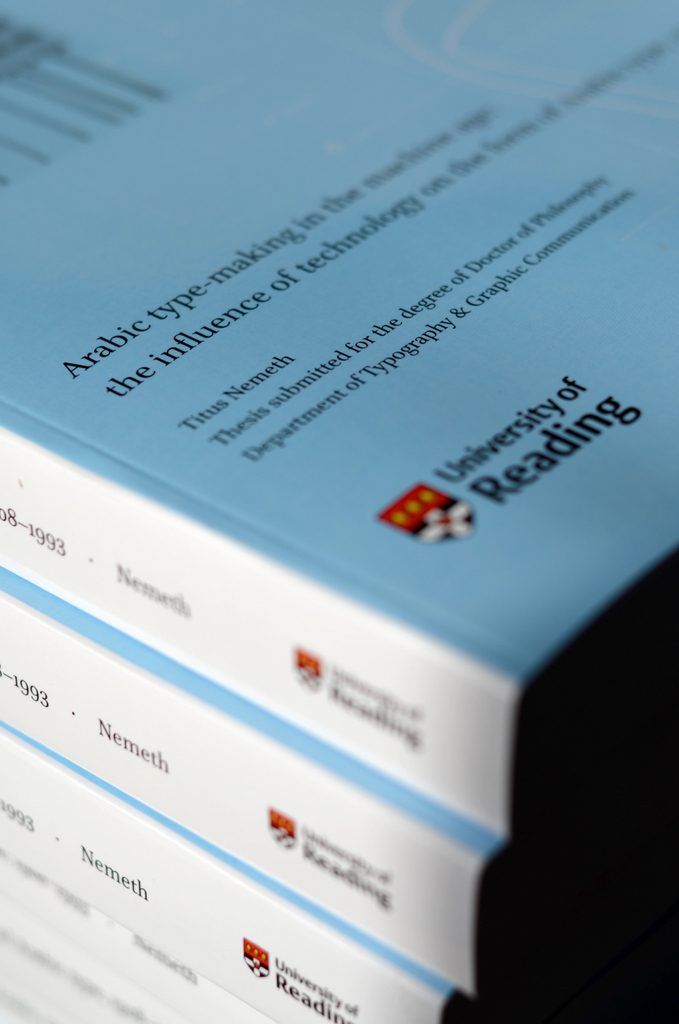This article was written in January 2014 for publication on another site. Alas (and for unknown reasons) this never happened, so instead I post it here belatedly. The comments about study fees have to be seen in light of the then current events.
This short account summarises my experience of doing a PhD at the University of Reading. It is written shortly after my successful defence, yet with a few months distance from my actual research work. So while the impressions of this period are still fresh, I hope that the reflections about this experience are sufficiently digested to be of interest. I specifically wrote this with people in mind who ponder the idea of pursuing a PhD and isolated a few sets of advice which may be relevant to other (aspiring) researchers.
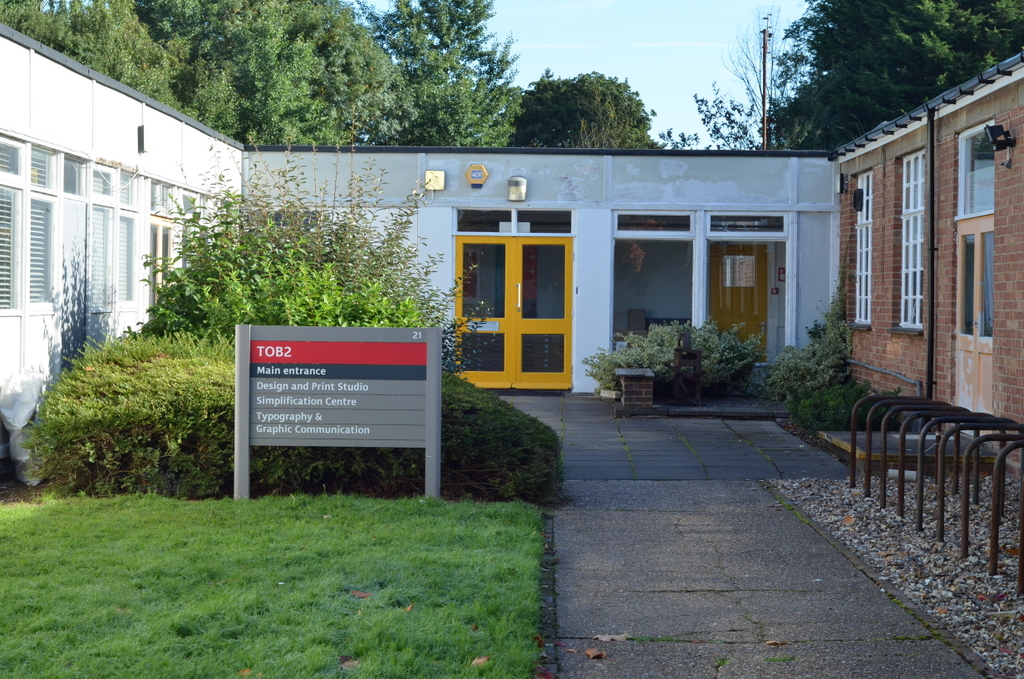
Approximately four years ago I submitted my application for PhD research at the Department of Typography and Graphic Communication at the University of Reading, and thus set in motion the longest single project I have ever pursued. A six-months process to develop my proposal had preceded this submission, in which I was trying to articulate what I was hoping to research, how I would do it and where I was going to look. It was not entirely unfamiliar terrain — already during my MA at the Department I began to develop an approach to typographic research based on original sources — and I was lucky to be helped along the way by Fiona Ross, my former MA and future PhD supervisor. Indeed, with hindsight it appears that these early steps (establishing the principal direction of enquiry, the sources to consult and the questions to be asked) greatly facilitated my later research.
Advice number 1: From the beginning articulate with as much precision as possible what it is that you try to find out.
By the end of March 2010 I learnt that my application was accepted by the Department. However, at this point nothing was decided yet, as the yearly tuition fee of £3390 would have been beyond my means (this was the figure then, you should check with the University for the current rates. Note also that non-EU students would pay roughly four times this amount. Yes Switzerland, or Scotland for that matter, four times). Here, all depended on the results of the submission for a studentship. As one would imagine, it is a competitive process, and much depends on the quality of the proposal, as well as the letters of support from the referees. With Gerry Leonidas and Martin Tiefenthaler I was fortunate to have two excellent referees, and I was granted a studentship by the Faculty of Arts and Humanities, which is gratefully acknowledged.
Advice number 2: Choose your referees wisely, for writing a good reference is a rare skill and your application will depend on it.
Curiously, at this point doubts began to form in my mind. As I was realising the scope of commitment and length of the process, tangible now that all other barriers had fallen, I questioned again whether it was the right thing for me. I was anxious to be giving up on my design work, feared to sever the links to my practice and to enter the (in)famous ivory tower of academia. Concerns for my personal life also made me wonder if three years in Reading were sustainable. But having already come that far and received as much support I decided that I should not back out at such a late point. I had already committed. Thus, in October 2010 I enrolled as a full time PhD researcher. At this time the working title of my thesis was: ‘Arabic type 1911–2011: Technological and aesthetic challenges: Understanding and reassessing the evolution of Arabic typeforms’.
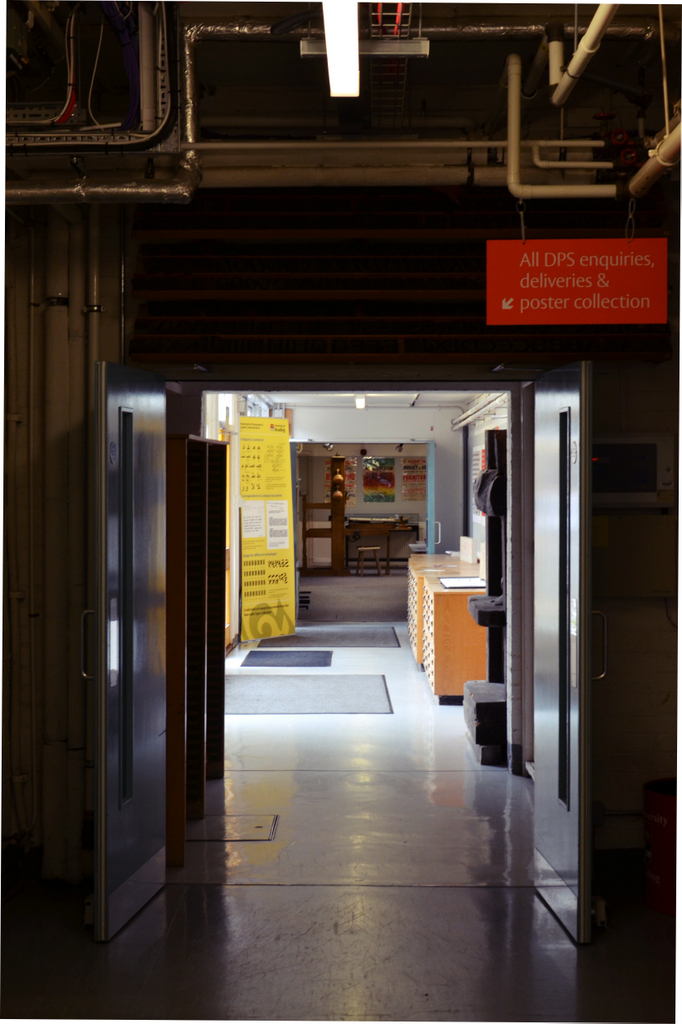
As little of my subject is documented in the existing literature, my research depended heavily on primary sources, and Reading has a collection of particular relevance to my subject. The Non-Latin Type Collection holds large numbers of original drawings, specifications and correspondence which originated in the development of some of the most-used Arabic typefaces of the twentieth century. This trove of material with barely any cataloguing therefore became the starting point of my work.
Advice number 3: The better you know your sources and where to look, the easier your start will be.
Here, I began a journey into the history of Arabic type-making. Ploughing through raw archival material meant prolonged hours of undirected digging through hundreds of documents, many of them bearing little relevance to my questions. The long hours in often sub-optimal conditions (type archives are not great consultation libraries yet) were hard work, yet also brought all the excitement of discovery.
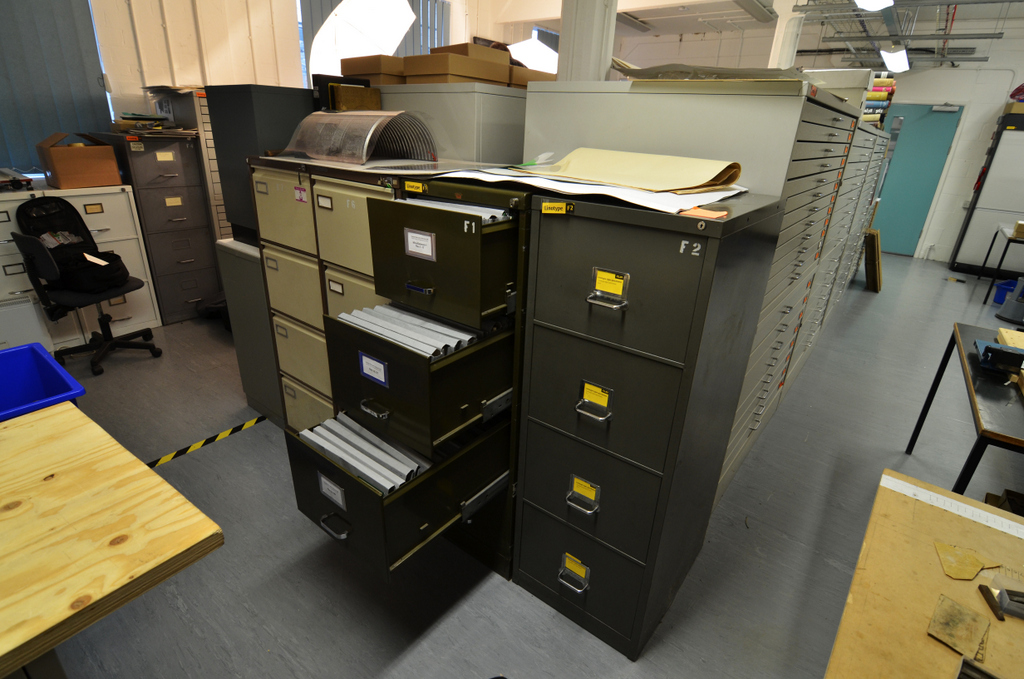
Reading through the business letters of the leading type manufacturers of the century sometimes even had the voyeuristic pleasure of eavesdropping, as I began to reconstruct past events and develop historical sketches of the trade I am working in. This connection to my contemporary practice echoed what Noordzij charmingly termed the ‘conversation with colleagues from the past’, and accounted for one of the most rewarding aspects of my research.
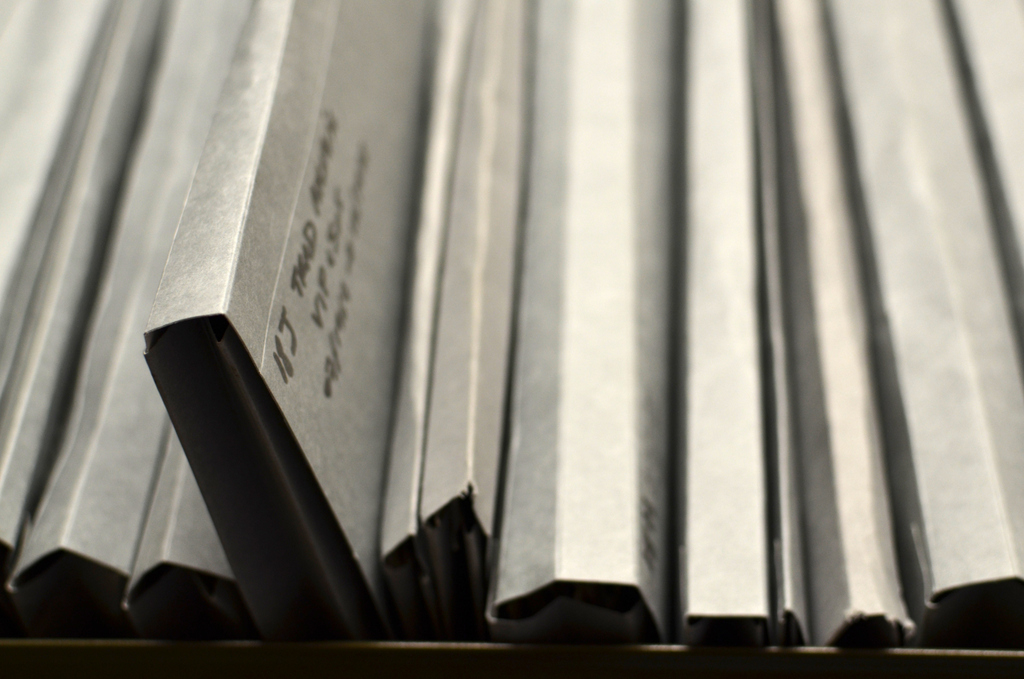
Not only did I unearth novel and long forgotten aspects of the making of Arabic type, but it made me relate my own practice to that of my precursors, often with surprising finds. It was fascinating to unravel design decision-making, realise how certain dynamics had changed little in decades and how many experiences I make as a designer today were not too dissimilar a few decades ago. As a consequence I began to relate differently to my own practice as I started to put it into a historical perspective. A sense of humility, as well as a sense of responsibility towards quality standards seemed to emerge quite naturally from the wider and deeper knowledge that I began to accumulate. Questions of best practice now compared against a much wider field, by consequence raising the level that I aspire for. Here it is worth noting that although the design field tends to be drawn to practice-based PhDs, in my personal experience I could not have hoped for more practice-relevance than what I found in historical research.
Advice number 4: Designers: Don’t shy away from a PhD that is not called practice-based, for thinking and learning about doing may be more insightful than doing alone.
As archives were to be found in other places but Reading too, my research also provided me with an excellent excuse for travelling. Closest, and unsurprisingly my second-most visited place, was the Monotype office in Salfords, Surrey, were Robin Nicholas was a welcoming host. But the trail of Arabic type history led me further away, to Linotype’s basement in Bad Homburg, Germany, and importantly to the Smithsonian Institution in Washington, DC.
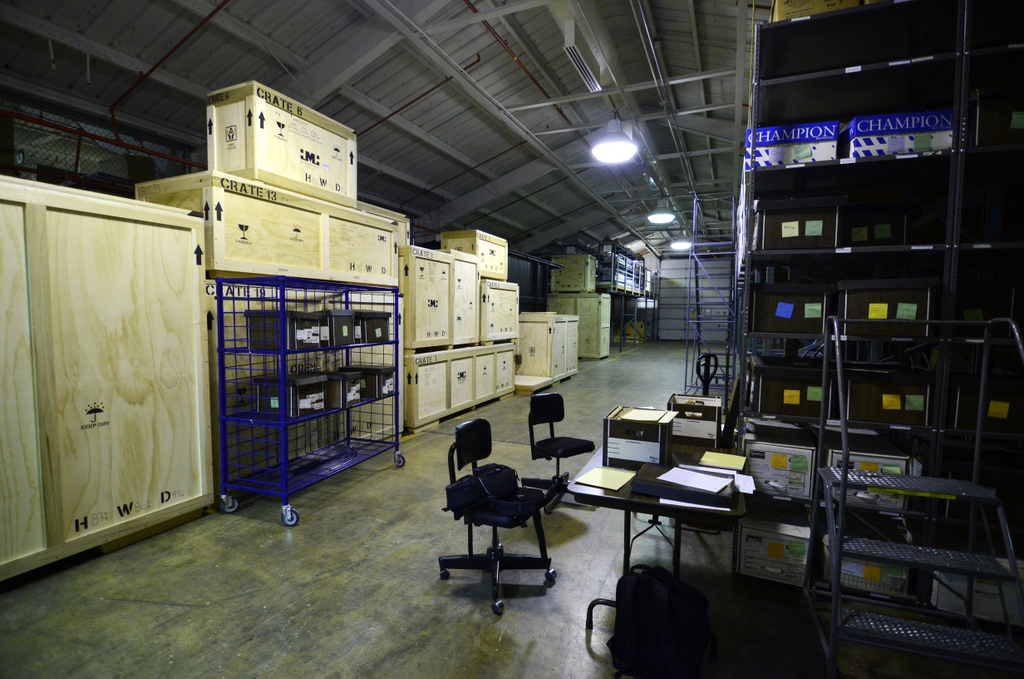
Moreover, I was fortunate to be able to present at a number of conferences, from the first Typo London in 2011 where I could relate my work for the BBC World Service to technological hurdles of Arabic type design, to the ATypI conferences in Hong Kong (2012) and Amsterdam (2013) in which I could present further findings of my research.
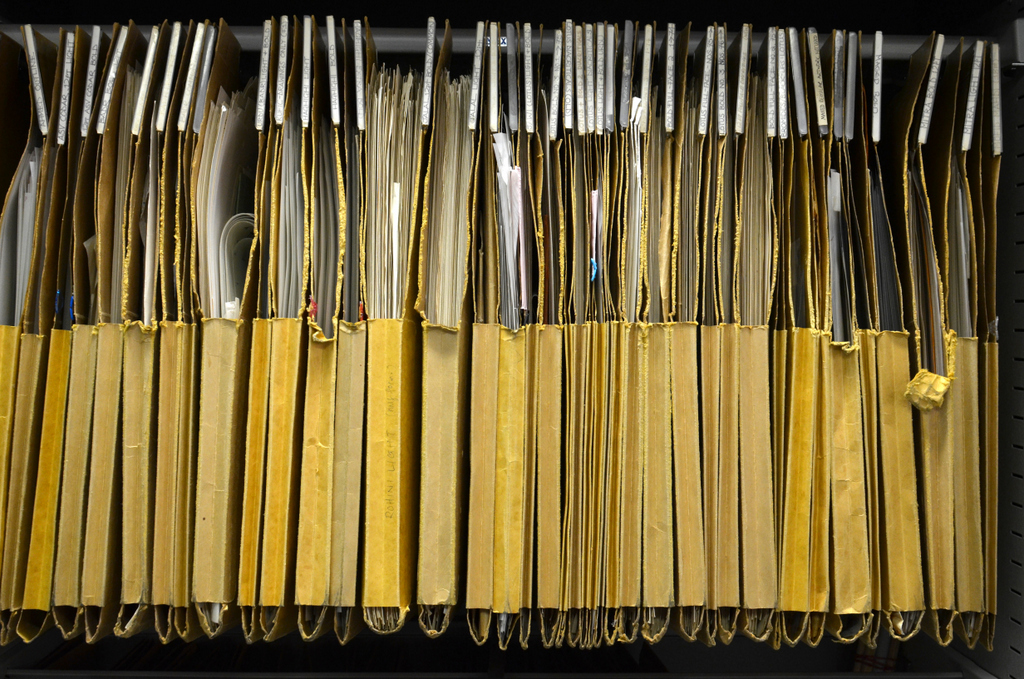
Another aspect that stood out were the encounters that I made. As a significant part of my historical scope extended into the recent past, I complemented my archival work with interviews, or oral history as the academic jargon goes. Meeting people who actively shaped the events and developments which I was trying to piece together brought the stories even more to life than just the artifacts that had emerged from them. Here actual conversations with colleagues who worked in different eras contributed their live-voice to continue the narrative that began to take shape. In my first interview I was fortunate to be invited to Hrant Gabeyan’s home in Southern France, spending many hours discussing Arabic type-making, as well as the societal context of the Middle East in the 1960s and 1970s. Later, Hans-Jürg Hunziker shared his recollections of his work in Morocco in the 1980s with me, and Kamal Mansour was so forthcoming as to endure a long conversation over a stuttering Internet call and recount his experiences in the early days of digital type-making. As my supervisor, Fiona Ross’s role was exceptional, for she had played a crucial role from the late 70s to the early 90s at the British Linotype company, overseeing the company’s non-Latin programme. Thus, in addition to her academic guidance, her professional experience provided me with a continuous stream of valuable first-hand information. In addition, I was able to record a more formal interview of Ross and her former colleague Michael Fellows, revisiting the technicalities of unit-systems, exposure windows and font storage, and how ingenious technical solutions helped to improve Arabic type in spite of the constraints of the machinery.
Overall, and that might come as a surprise to some, the time in Reading was among the best aspects of this PhD experience. Recently I have been asked by an aspiring PhD student whether he really had to live in situ, and although I could understand his reluctance, I actually suggested to move to town. The reason for this is simple: it’s the Department of Typography and Graphic Communication. It was here that I could regularly, and without much effort from my side, get inspiration, advice and feedback, simply by being around. The library, the collections, the regular seminars and the visiting lecturers are all good reasons themselves, but the priceless element was the Department’s life. Don’t get me wrong, there were of course (short-lived) frustrations, lack of facilities and time, and issues of organisation, but overall the atmosphere was one conducive of high-quality work in our field. Where else could I have peeked at Michael Twyman’s opus magnum as it was being finalised, watched the Monotype cast type, seen the preparations for the Isotype show at the V&A, and chatted informally about anything from digital document design, to stencil-cutting, to page-make-up for photocomposition with some of the leading authorities in the domain?
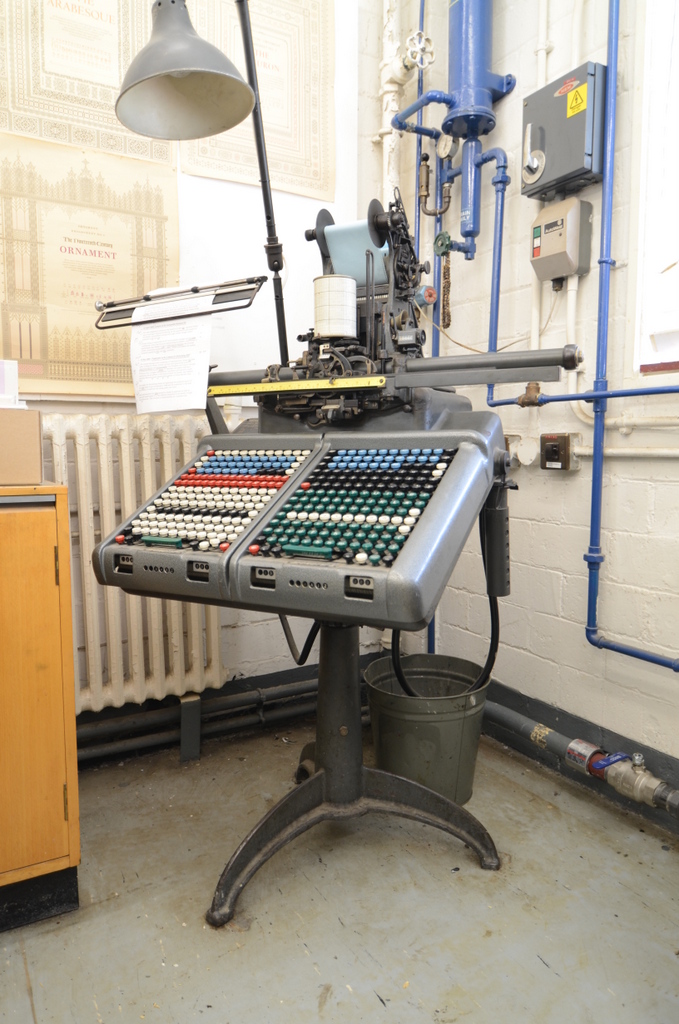
With hindsight, I feel that this constant exposure to typographic thinking (and note that these are just examples which were not directly related to my research) made for the best stimulus and motivation for my own work. Particularly so when an article that I proposed was accepted to feature in Typography Papers 9. Here, I had the opportunity to closely follow the editing process with Eric Kindel, and the degree of scrutiny and concern for the minutiae of language, the use of visuals and the integrity of an argument taught me immeasurably.
Advice number 5: If you have discovered something worth publishing, try to have it published: the learning from the editing process is worth the many extra hours it will take.
I was lucky enough to begin my PhD at the same time as five other researchers, making for good company, the possibility of exchange about success and frustrations, and best of all, some good friends. Also the yearly rotation of MA students, and the chance to do some teaching, as well as socialise, contributed to a great experience that bore no resemblance to the proverbial ivory tower. In conclusion, I felt that the combination of a few complementary activities was a decidedly fruitful and productive way of pursuing my research. Teaching, mainly at the ÉSAD d’Amiens and at the Department in Reading, provided the opportunity to reconsider and articulate my thoughts and findings; occasional design projects provided welcome breaks, a chance to reflect on how research influences practice, and renew motivation; vice-versa, doing the research and the writing kept me from designing while providing inspiration and ideas, an ideal preparation for the infamous post-PhD shock: I didn’t have one. Rather, I was happy move on and do the things I had sidelined for the previous three years.
Advice number 6: Whatever they tell you, it’s good for you to intersperse your academic work with other activities. You will be more motivated, less likely to burn-out and probably have better ideas for your writing too. Maintaining a constant level of interest/motivation/critical thinking on a single project for 3 to 4 years is highly unlikely.
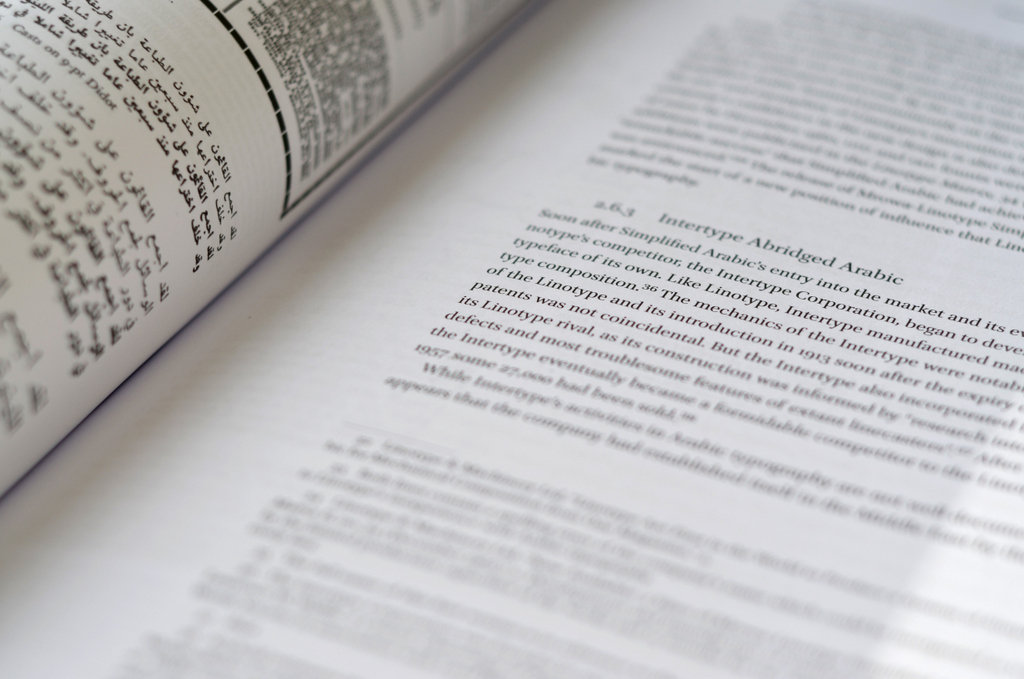
To wrap up, a massive thank you to all the people who made my PhD research in Reading such a positive and enriching experience!
Here you can download the abstract of my thesis.
